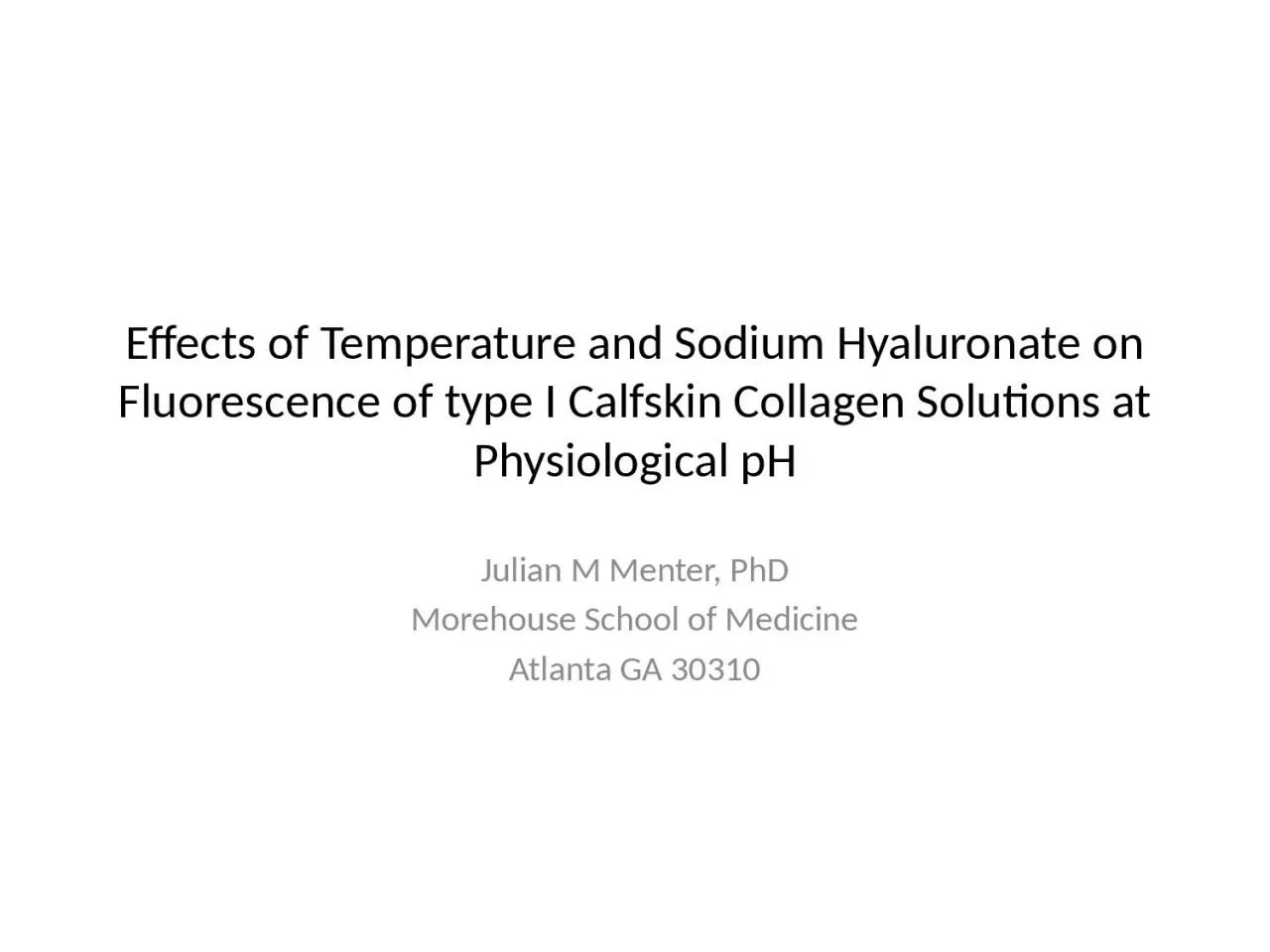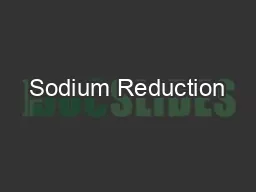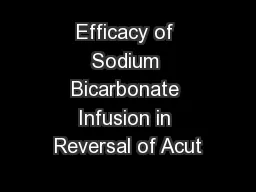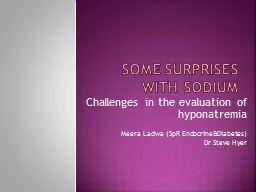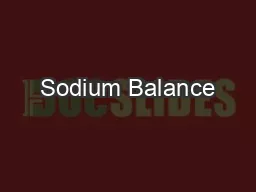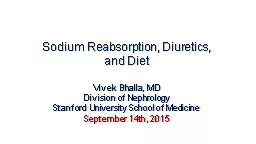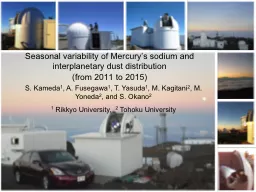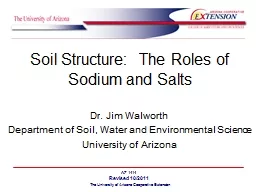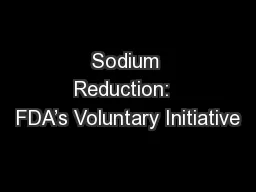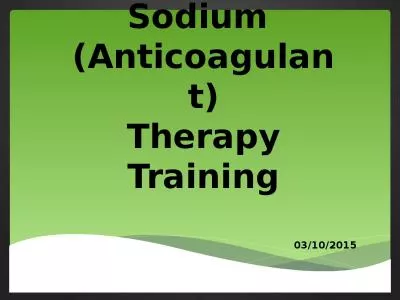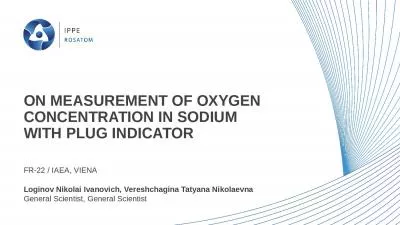PPT-Effects of Temperature and Sodium
Author : mackenzie | Published Date : 2024-02-03
Hyaluronate on Fluorescence of type I Calfskin Collagen Solutions at Physiological pH Julian M Menter PhD Morehouse School of Medicine Atlanta GA 30310 Histology
Presentation Embed Code
Download Presentation
Download Presentation The PPT/PDF document "Effects of Temperature and Sodium" is the property of its rightful owner. Permission is granted to download and print the materials on this website for personal, non-commercial use only, and to display it on your personal computer provided you do not modify the materials and that you retain all copyright notices contained in the materials. By downloading content from our website, you accept the terms of this agreement.
Effects of Temperature and Sodium: Transcript
Download Rules Of Document
"Effects of Temperature and Sodium"The content belongs to its owner. You may download and print it for personal use, without modification, and keep all copyright notices. By downloading, you agree to these terms.
Related Documents

